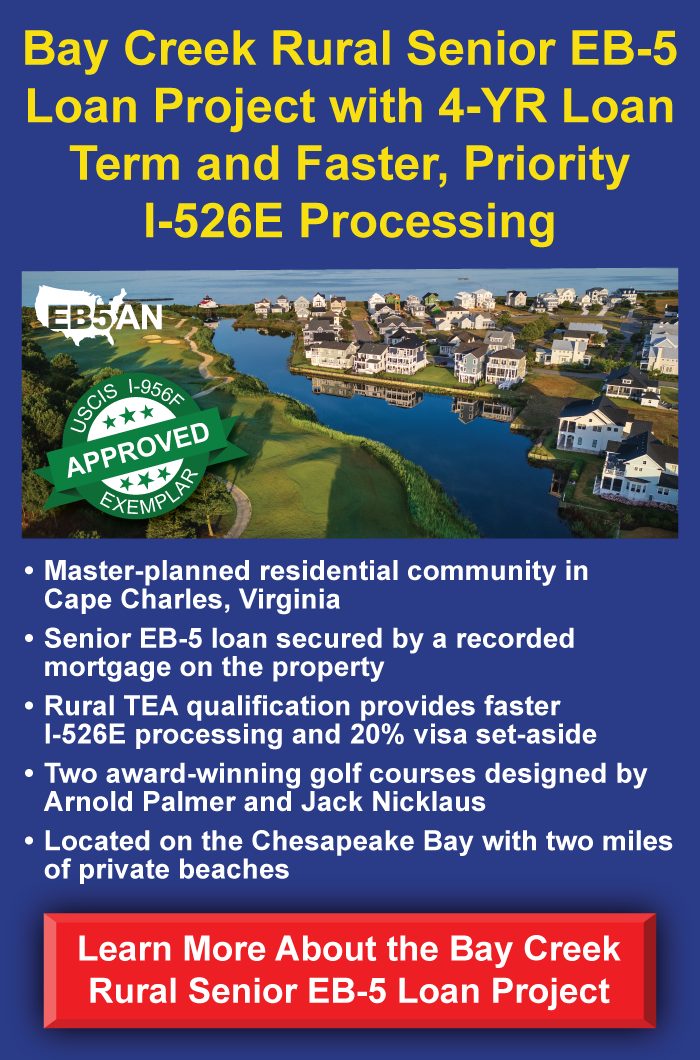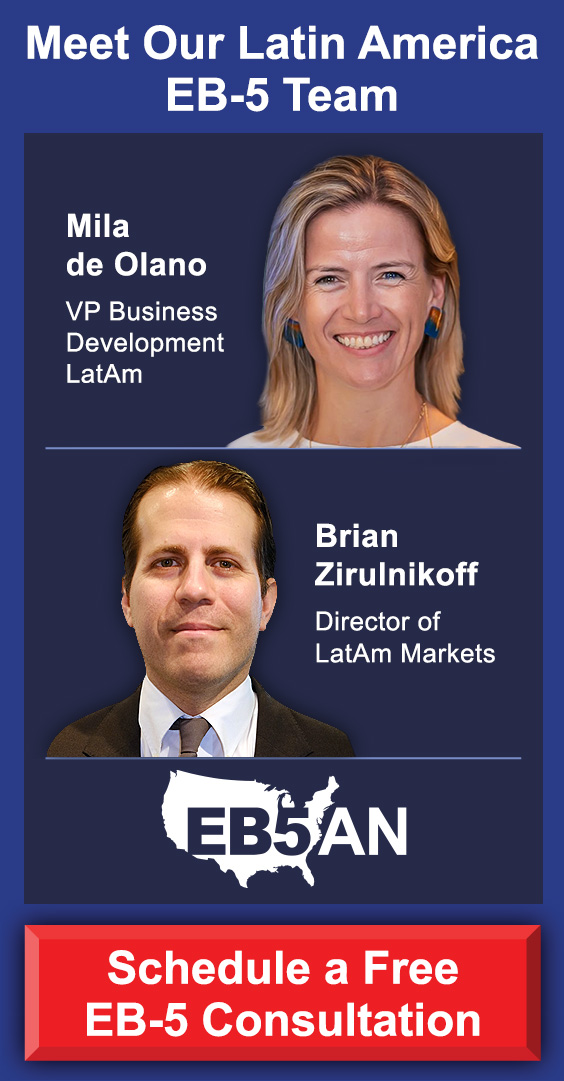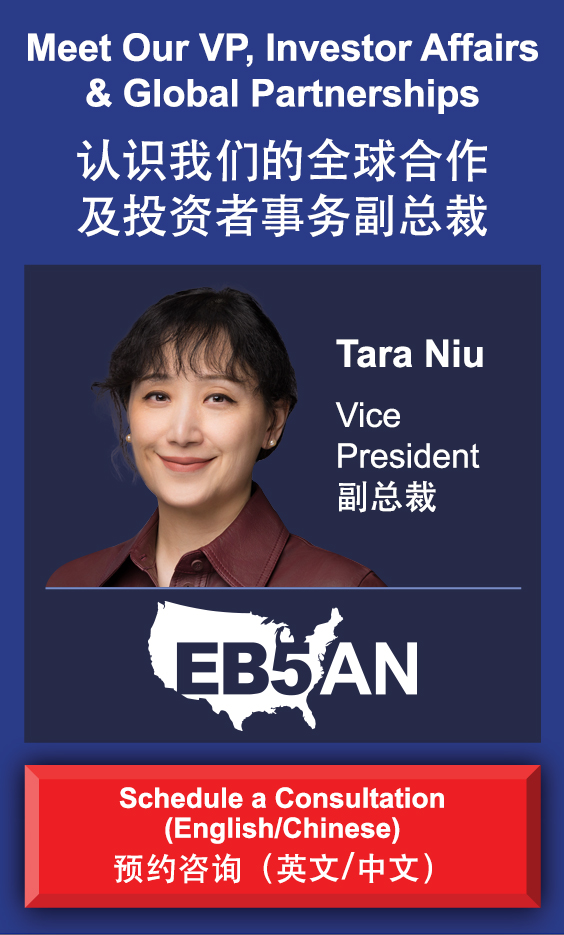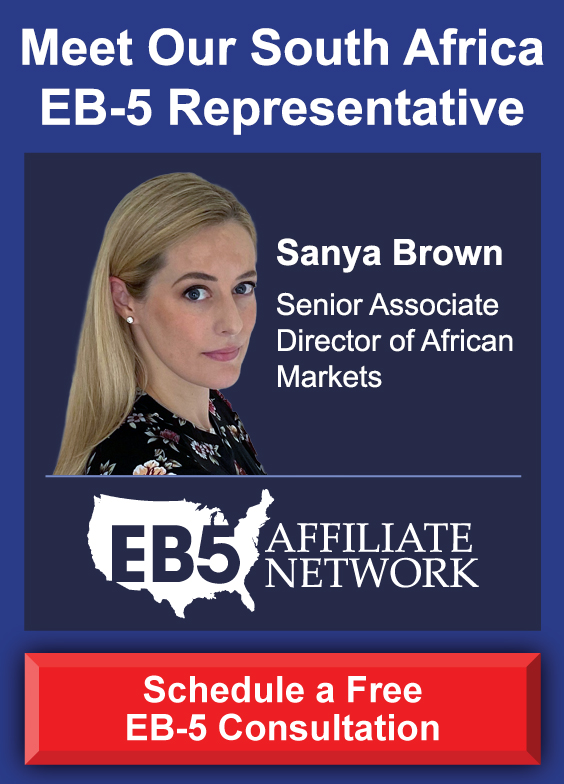If you are studying in the United States on an F-1 visa, you have no doubt come to appreciate the rich career and academic opportunities America has to offer. For good reason, the United Sates has long been the home of the world’s most prestigious institutions of higher learning and the world’s most valuable companies.
As the Associated Press reported in February 2025, “Even as global markets face challenges, US job openings remain impressively high, with 7.6 million positions available in December 2024. This steady demand and competitive hiring pace make the United States a prime landscape for career building and professional innovation.”
After spending time in the United States as a student, you may be interested in relocating permanently. Like other F-1 students, you likely want to continue your studies, establish your career in the United States, or pursue other goals in the world’s most popular destination for immigrants.
However, temporary, non-immigrant visas such as an F-1 are not a path to becoming a lawful permanent resident of the United States. Instead, the F-1 visa imposes several restrictions on students and cannot be extended significantly after graduation.
And other non-immigrant visas such as the H-1B do not offer a permanent solution for students who want to remain in the United States.
If this is your situation, the EB-5 visa is likely the fastest way to become a lawful permanent resident. Upon filing your initial EB-5 petition, you can immediately adjust your immigration status and remain in the United States, regardless of your studies or work status.
Like other EB-5 applicants, you could receive work and travel permits in as fast as 33 days—and a U.S. Green Card in only 9 months.
In this post, we’ll explore the various limitations imposed by the F-1 visa and how the EB-5 program is often the fastest—even the only—way for F-1 students to build their long-term futures in the United States.
First, let’s consider the restrictions of the F-1 visa and other similar non-immigrant visas.
The F-1 Visa: Its Limitations and Temporary Validity
The EB-5 Visa: Get a Work Permit in Days, Become a Permanent Resident in Only Months
Act Now and Secure Your Long-Term Future in the United States
The F-1 Visa: Its Limitations and Temporary Validity
The F-1 student visa is a non-immigrant visa that enables international students to pursue full-time academic studies at an accredited institution or enroll in a language training program in the United States. It is the most popular visa option for those students from abroad seeking higher education in America.
Applicants must enroll in a degree, diploma, or certificate program and obtain a Form I-20 certificate from their institution. They must prove they possess the required funds for tuition and living expenses. Furthermore, applicants must demonstrate their intention to return home after completing their studies.
The F-1 Visa Application Process
The following is a summary of the steps need to apply for an F-1 student visa.
- Admission to a U.S. School:
Begin by applying to a Student and Exchange Visitor Program (SEVP)-certified institution. Once you are accepted, the school issues you a Form I-20. This document confirms your enrollment, outlines your course details, and provides information on your program’s start date, duration, and cost estimates.
- Pay the SEVIS Fee:
With your Form I-20, pay the Student and Exchange Visitor Information System (SEVIS) fee. This fee supports the system that tracks international students while they study in the U.S.
- Complete the DS-160 Form:
Fill out the online visa application form (DS-160) and upload a recent photo. Be sure to review all details carefully before submission.
- Schedule a Visa Interview:
Book an appointment at the nearest U.S. embassy or consulate. Gather the necessary documents for the interview, which typically include:
- A valid passport
- The Form I-20
- DS-160 confirmation page
- SEVIS fee receipt
- Proof of financial resources (to cover tuition and living expenses)
- Academic transcripts and test scores, if applicable
- Attend the Visa Interview:
At your interview, explain your study plans and demonstrate strong ties to your home country. Your Form I-20 provides evidence of your admission and helps prove that you intend to study full time and comply with the terms of the visa.
- Visa Approval and Issuance:
If your visa is approved, the F-1 visa will be stamped in your passport. Once you enter the U.S., you must report to your school’s international office to confirm your arrival and begin your studies.
What Happens After Graduation?
An F-1 visa remains valid for the duration of the student’s academic program, as specified on the Form I-20. In addition to the period of study, students may apply for post-completion Optional Practical Training (OPT), which permits them to remain in the United States for an extra 12 months to gain work experience. Students enrolled in STEM fields can extend this period by an additional 24 months.
When F-1 students experience unforeseen delays, such as changes in major or illness, students can request an extension through their institution.
However, if they fail to secure an OPT position or an alternative visa, they must leave the United States within 60 days of their F-1 status expiring.
If you are looking to build your career in the United States in the long term, the F-1 visa is not enough to cover your immigration needs. After graduation, you will have to look into other options: either another temporary, non-immigrant visa or a path to permanent residency.
Limitations on Work for F-1 Students
F-1 students must strictly follow regulations that limit both the type and duration of employment available to them. They can only work on campus without additional permits, and any off-campus work, including internships or training programs, requires prior authorization. Additionally, during the academic term, their employment hours are capped to ensure that work does not interfere with their studies.
Any unauthorized work can put an F-1 student’s visa status at risk.
After completing their studies and OPT period, many students try to transition to the H-1B visa, a work-based option requiring employer sponsorship. However, the H-1B market is becoming increasingly competitive, and the tech industry’s recent wave of layoffs has limited employment opportunities for many H-1B applicants. And H-1B visa holders can only work for their sponsoring employer, without freelance or side income ventures.
Similar to the F-1 visa, the H-1B program requires workers to leave the United States on short notice if they lose their H-1B sponsored job. In most cases, laid-off H-1B workers have only 60 days to find another qualifying employer—or leave the country along with their families.
What is more, the Trump administration is clearly leaning toward placing further restrictions on non-immigrant visa holders, including both F-1 and H-1B residents.
The EB-5 Visa: Get a Work Permit in Days, Become a Permanent Resident in Only Months
Without the cumbersome restrictions of F-1 and H-1B visas, the EB-5 program offers the most direct path to becoming a permanent resident of the United States.
EB-5 investors receive U.S. Green Cards from USCIS—that is, they become lawful permanent residents, able to live, work, and travel internationally with few restrictions.
As a Green Card holder, you will be free to live anywhere in the United States and work full-time, part-time, start a business, or not work at all. You will also be able to continue your studies if you choose to do so and work at the same time.
Your immigration status will not depend on your studies, employment, or other factors. You will be able to remain in the United States permanently. And after holding your Green Card for five years, you will become eligible to apply for U.S. citizenship.
While the application process for other visa options can take years, many EB-5 investors have recently received their initial U.S. Green Cards in a matter of months. One investor in our Twin Lakes rural project received her Green Card in approximately 9 months.
Additional Benefits From Adjustment of Status
If you already hold an F-1 visa, making an EB-5 investment can allow you to immediately adjust your immigration status. By filing Form I-526E (the initial EB-5 petition) along with Form I-485 (the adjustment of status petition), your status will be set to “pending.” This allows you to remain in the United States if you no longer qualify as an F-1 student.
Along with the I-526E and I-485 petitions, you can also apply for work and travel permits—an employment authorization document (EAD) and advance parole (AP). An EAD and an AP allow you to work freely for any employer in the U.S. and travel internationally in and out of the country with few restrictions.
Essentially, an EAD and an AP grant you the main benefits of a U.S. Green Card—even before receiving one.
Approval times for EAD and AP applications are even shorter. One investor in our Twin Lakes project received EAD and AP approval in only 33 days.
Act Now and Secure Your Long-Term Future in the United States
A Business Insider report notes that “a surge in recruiter postings—up by as much as 76% in sectors like electronics manufacturing—suggests that experienced professionals will find it easier to switch roles and climb the career ladder. This trend points to an improving environment for those aiming to advance their careers.”
The United States certainly remains the most promising country for young professionals seeking to begin their careers. And the EB-5 program is the most direct path to becoming a permanent resident of the United States and securing your place in the worlds’ most successful economy.
If you are an F-1 student seeking to remain in the United States, schedule a free consultation with EB5AN. We can help you analyze the immigration options available to you and secure your path to a successful career in the United States.







